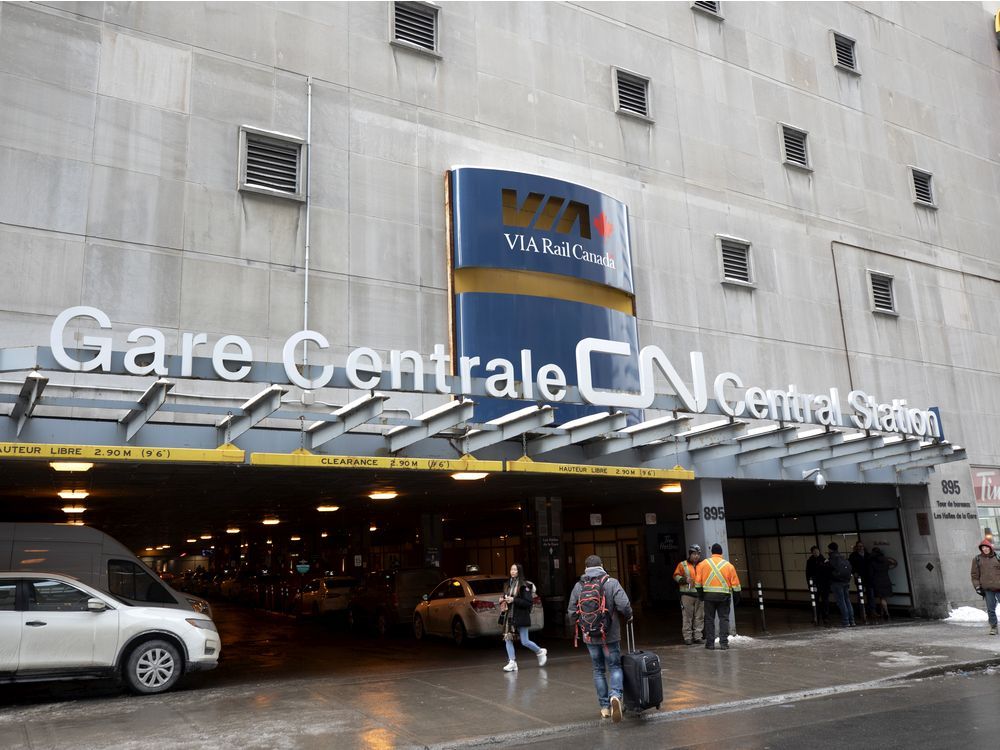smallspy
Senior Member
Yes, but.....Even if it doesn't even out to zero some savings going uphill and regeneration down hill to use uphill is still fuel and money saved.
If you are using batteries, you need to drag those batteries uphill. If they are not charged, then they are going to simply be adding weight to the total train - and therefore, reducing efficiency and requiring additional fuel to be used.
Dan





